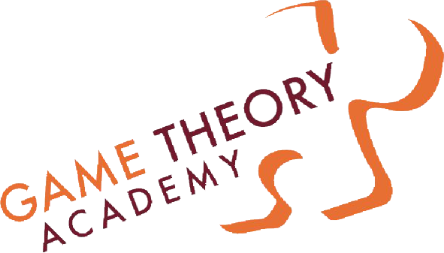By Jasper Smith, GTA Instructor
I was so thrilled to see my entire group back for the second class! We also had one new-comer and before I could even get it out of my mouth, a few of the students blurted out, “Hey newbie, you have to tell the group your name and two interesting or fun facts about yourself.” I guess the icebreaker from Class 1 was a good idea.
Later, we talked about auctions. Would students be willing to bid on a wallet? What if I had a wallet to auction off? Well, I did, and I held it up for them to see. I was shocked at the very first bid…$500! There was a huge eruption from the class and things got really interesting after that. Everyone was asking how much money was in the wallet, how many credit cards, was it real leather, etc. But I would not give them any information about the wallet, aside from their being able to physically see it. The bids continued to roll in, but no one was willing to go higher than the initial bid of $500 because they just didn’t have enough information. This tied in well with our discussion from the first class about having “perfect information” and how in some cases—when it comes to making a decision—you don’t have it. Even with that known, the very last bid came in…”I’ll pay $1500 for it!!” Amazing!! And the response he gave me was interesting. He said that he was tired of hearing all of the low bids and he just wanted to win the wallet and knew no one in the room would challenge his outrageous bid.
The Flea Market Game is one of my favorites at Game Theory Academy. We divided the students into buyers and sellers. The buyers pretended that they were employed adults—complete with monthly wages that correspond with different careers—who needed to buy a list of necessities for their hypothetical futures, from the sellers. This is not your average Flea Market, because here, the buyers need to purchase household goods, while also planning around their rent and utilities.
In the post-game discussion, we learned that only three students managed their money well enough to pay for all of their necessities. For many, this was the first time they had considered bills like rent and utilities. Most didn’t have any money left over to pay for both rent and utilities—instead trying to pay partial rent and negotiate their rent prices! Students discussed how some jobs didn’t provide enough income for them to buy things, while others realized that they simply hadn’t been able to prioritize the order in which to acquire their items. Some shoppers definitely had it tough, given their expenses and careers—and some of the sellers definitely have a future career in sales. Their individual situations truly reflected what happens in the real world. You must make critical decisions as it applies to your career profession and the lifestyle you live. Do you make enough money to survive? Should you be living in that expensive part of town? Can you make a decision as it applies to your needs versus wants?
These questions will shape your quality of life, and the students definitely got a great dose of reality.


